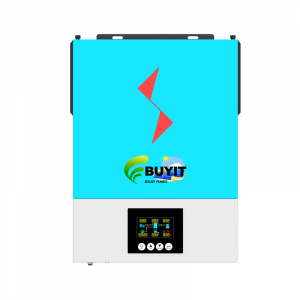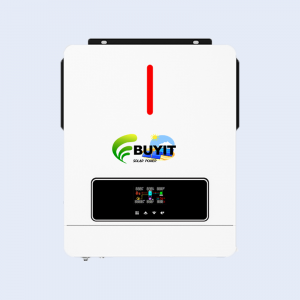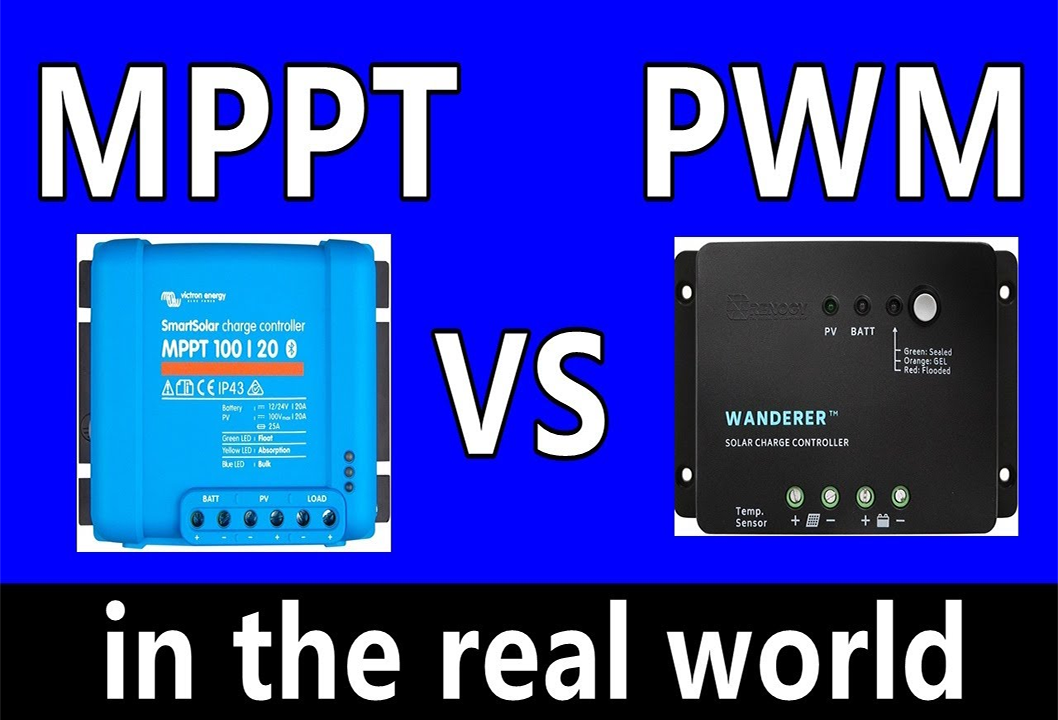
Differences between MPPT and PWM controllers
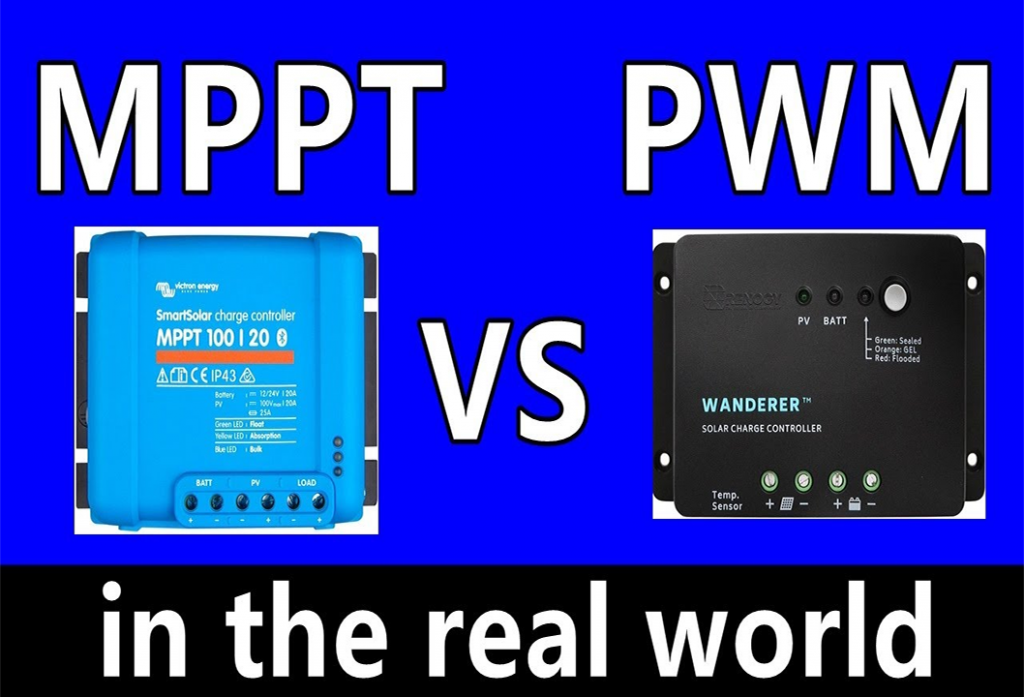
Common photovoltaic controllers are mainly PWM and MPPT. Many friends have doubts about the difference between the two. Here we briefly explain.
- What is a photovoltaic controller and what is the role of a photovoltaic controller?
The full name of the solar controller is the photovoltaic charge and discharge controller. It is an automatic control device in the photovoltaic power generation system that controls the solar cell array to charge the battery and the battery to supply power to the solar inverter load. It can set control conditions according to the charging and discharging characteristics of the battery to control the power output of the solar cell module and the battery to the load. Its main function is to protect the battery and stabilize the working state of the power station.
- What are the common types of photovoltaic controllers?
Photovoltaic charge controllers can basically be divided into five types: parallel photovoltaic controllers, series photovoltaic controllers, pulse width modulation photovoltaic controllers (PWM), smart photovoltaic controllers, and maximum power tracking photovoltaic controllers (MPPT). Here we focus on PWM and MPPT. - What are PWM and MPPT?
PWM and MPPT are two different charging controllers for solar charging, which can be used to charge batteries with the current generated by solar panels. Both technologies are widely used in off-grid solar systems, and both can charge batteries efficiently. Choosing a PWM or MPPT controller is not purely based on which charging method is “better”, but depends on which type of controller is most effective in your system.
PWM: Pulse-Width Modulation
Pulse width modulation (PWM) refers to the use of microprocessor digital output to control analog circuits. It is a method of digitally encoding analog signal levels. Digitally controlling analog circuits can significantly reduce system costs and power consumption. Many microcontrollers contain PWM controllers.
The left side of the figure below shows the photovoltaic panel access voltage and current, and the right side shows the load voltage and current;
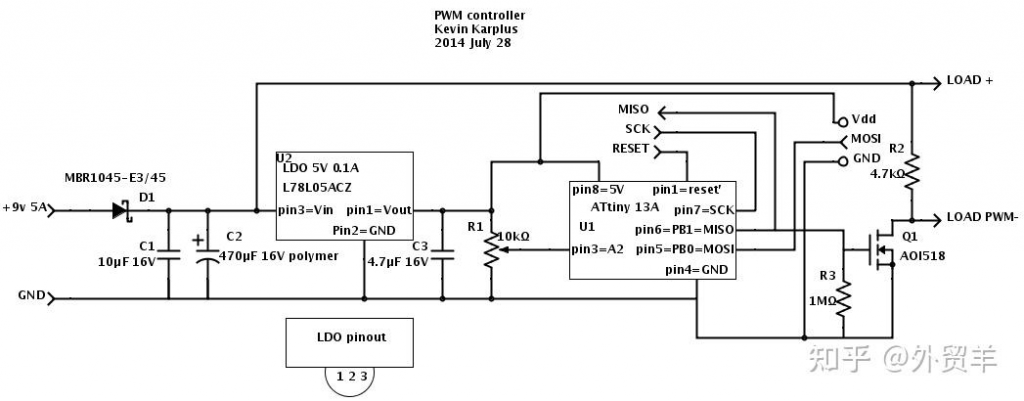
MPPT: Maximum Power Point Tracking
To understand the difference between PWM and MPPT charging, let’s first look at the power curve of a PV panel. The power curve is important because it shows the expected power generation of the PV panel. The PV panel produces voltage (“V”) and current (“I”). The voltage that produces the most power is called the “maximum power point”. MPPT will track this dynamically throughout the day, depending on the lighting conditions. P=U*I (P is the power produced by the PV panel).

- Comparison between PWM and MPPT
I made a simple table to compare the two

If you want to know more information, pls add what’s app: 00861380840552
